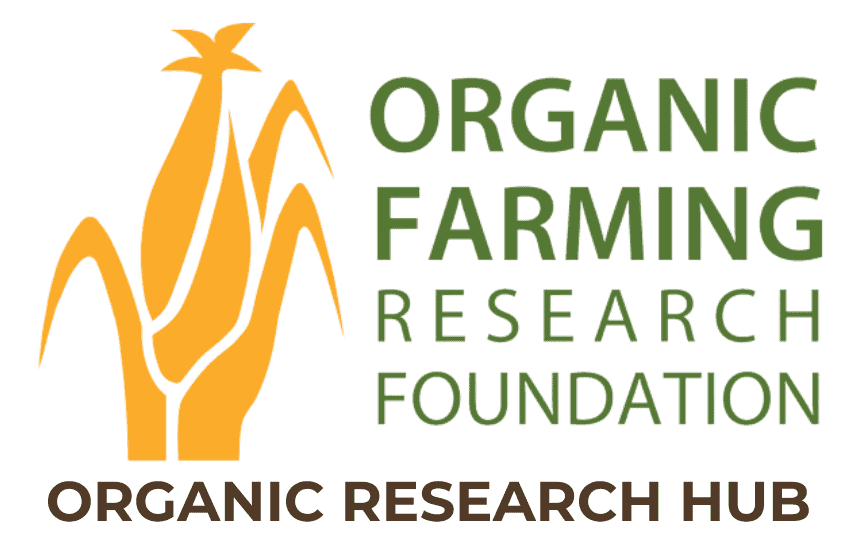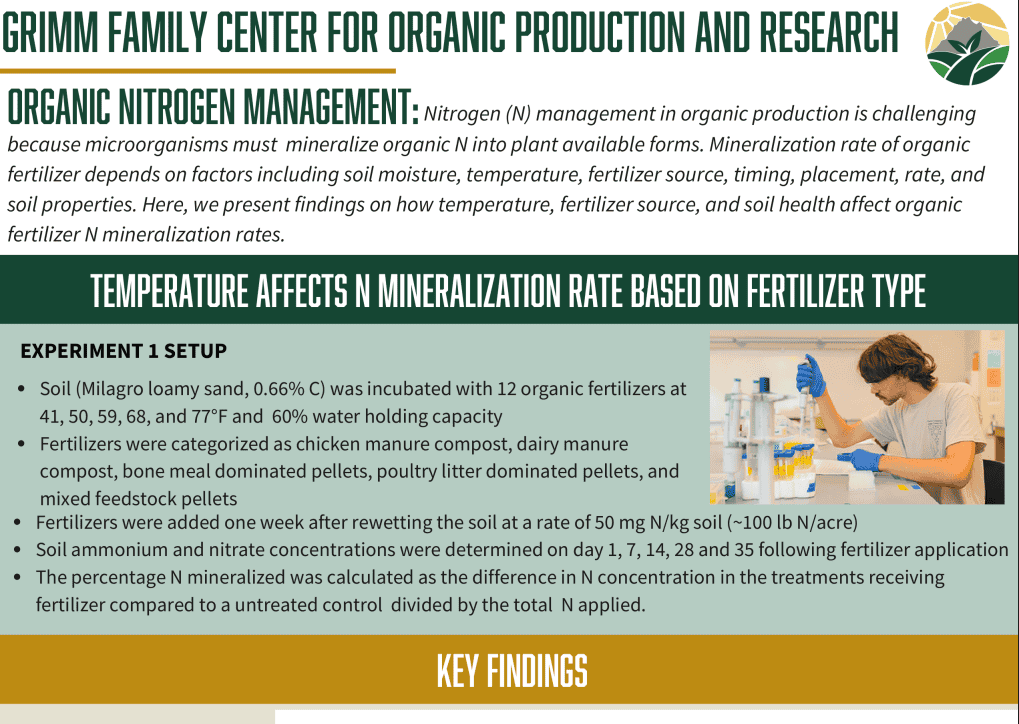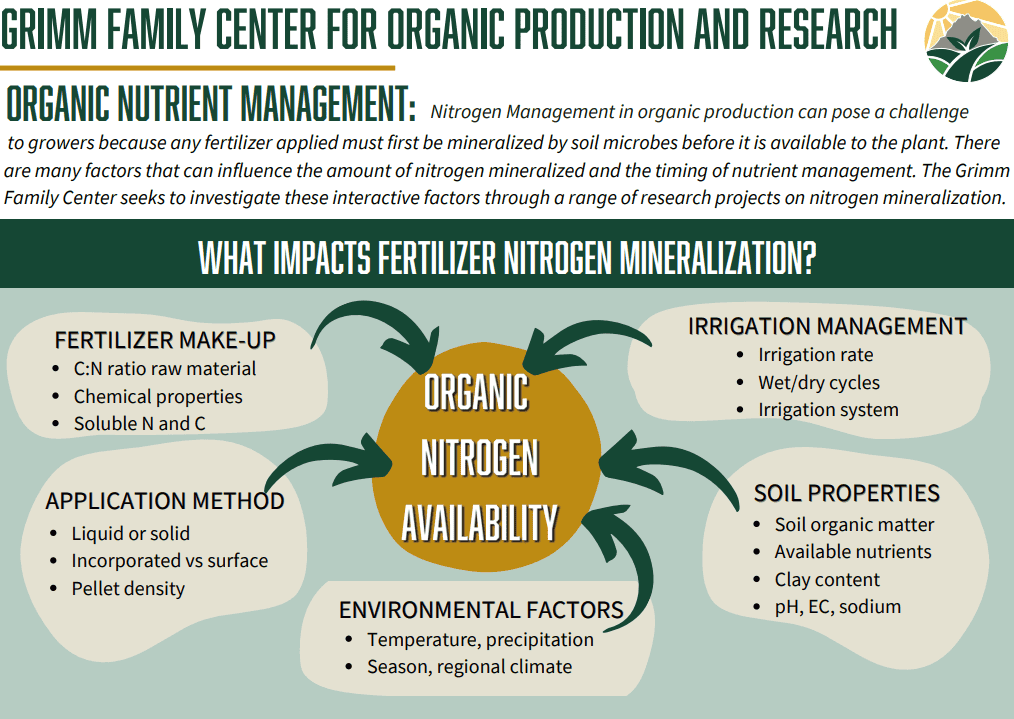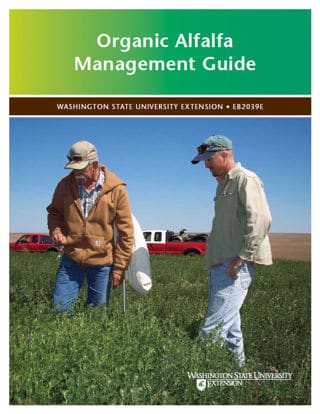Organic Management of Garden Symphylans (Scutigerella immaculata) in Annual Cropping Systems
Mark Van Horn, University of California-Davis

The garden symphylan is becoming an increasingly common issue on organic farms. Symphylans have a varied diet, feeding on decaying organic matter and the roots of many crops and plants, including a range of weeds. High populations of symphylans can severely stunt or even kill most annual crops. To our knowledge, there are currently no reliable organic control strategies for managing symphylans, and most information available is based on anecdotes that can often be contradictory.
We conducted field and laboratory studies at the Davis and Santa Cruz campuses of the University of California to evaluate various management and control strategies for symphylans. Our aim was to develop and assess methods for studying symphylans and their management. In our field studies, we looked at the effects of different cover crop treatments, cash crop residues, shrimp shell extracts, and tillage practices on symphylan populations over time. In the laboratory, we tested modifications of soil pH, various neem formulations, the commercial product Farewell, mustard seed extracts, and three species of predatory nematodes to see their effects on symphylans.
Our field studies did not identify any single practice or material that significantly reduced symphylan populations to a level that is agronomically important. However, based on our findings and those of others, growers may be able to apply knowledge about the biology and behavior of symphylans to better manage fields affected by these pests. Understanding symphylan sampling methods, their vertical movements in the soil, and the potential impacts of cultural practices such as tillage and irrigation can help growers use infested fields more productively.
Our laboratory studies showed that some materials had a biological effect on symphylans under controlled conditions, but we did not demonstrate how these materials could be effectively used to lower symphylan populations in the field. These materials remain strong candidates for further research both in the laboratory and field settings.
Information dissemination and exchange have been key components of this project. From the beginning, we have engaged with growers, consultants, and researchers to help guide our efforts. We have published articles about our work in the UCSC Cultivar and the CCOF Statewide Newsletter, with plans for at least one more article in a publication aimed at growers. Additionally, we organized a farmer-researcher workshop focused exclusively on organic symphylan management at the 2001 Ecological Farming Conference. This workshop aimed to share ideas and information with around 50 growers and participants and to refine future research and extension goals.
Region
Western
Topic
Insect/Pest Management
Category
Vegetables/Fruits
Date Range
2000 and earlier
Funding Amount
$6,950
Funding Year
1999Location
Davis and Santa Cruz, California
Collaborators
Mario Ambrosino, Oregon State University
Jim Leap, University of California-Santa Cruz



